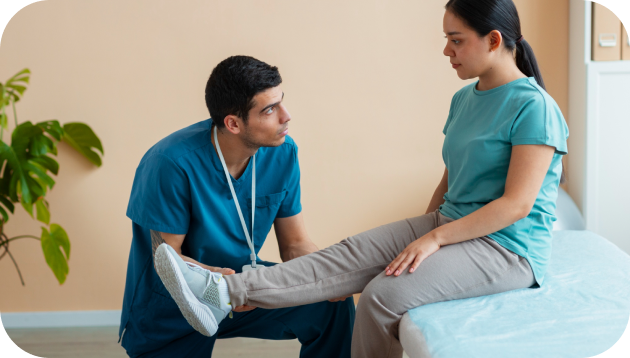Physical rehabilitation is a structured and comprehensive process designed to help individuals recover from injuries, surgeries, or chronic conditions. It focuses on restoring physical function, improving mobility, and enhancing the overall quality of life. Combining medical science, therapeutic techniques, and patient-centered care, physical rehabilitation empowers individuals to regain independence and confidence, making it an integral part of the recovery journey.
The Importance of Early Intervention
Early intervention in physical rehabilitation can significantly impact the speed and effectiveness of recovery. Addressing physical impairments and limitations as soon as possible helps prevent complications such as muscle atrophy, joint stiffness, or chronic pain. Timely rehabilitation not only accelerates the healing process but also minimizes the risk of long-term disability, ensuring better outcomes for patients.
Components of a Rehabilitation Program
A well-rounded rehabilitation program typically includes multiple components tailored to individual needs. These may include:
- Physical Therapy: Exercises to improve strength, flexibility, and balance.
- Occupational Therapy: Activities that enhance the ability to perform daily tasks.
- Pain Management: Techniques to alleviate pain and discomfort.
- Psychological Support: Addressing emotional and mental health challenges during recovery.
By combining these elements, rehabilitation programs provide a holistic approach to healing.
The Role of Technology in Rehabilitation
Advancements in technology have revolutionized the field of physical rehabilitation. Tools such as robotic-assisted therapy, virtual reality-based exercises, and wearable devices have made treatment more effective and engaging. These innovations enable real-time monitoring, precise therapy, and customized care plans, ensuring a seamless recovery process.
Challenges in Rehabilitation and Overcoming Them
Despite its benefits, physical rehabilitation is not without challenges. Patients may experience frustration, pain, or lack of motivation during the recovery journey. Overcoming these barriers requires a collaborative effort between patients, healthcare professionals, and family members. Setting realistic goals, celebrating small milestones, and maintaining a positive mindset are crucial in navigating these obstacles.
Conclusion: A Step Toward Better Living
Physical rehabilitation is more than just a medical process; it’s a transformative journey toward better living. By addressing physical, mental, and emotional needs, it paves the way for individuals to reclaim their lives. With the right support, determination, and resources, recovery is not just possible but achievable, allowing individuals to thrive despite the challenges they face.

